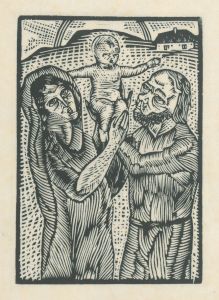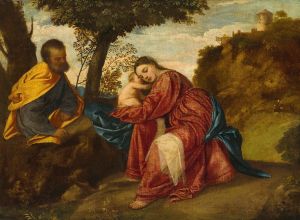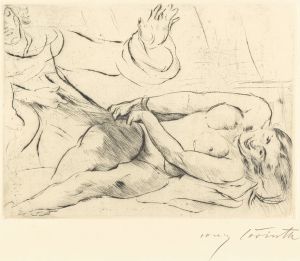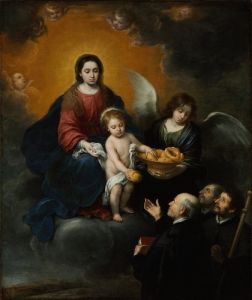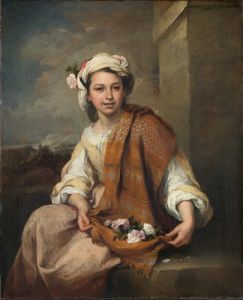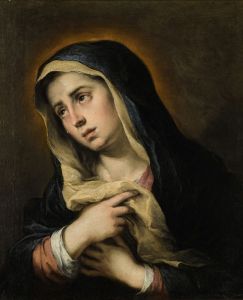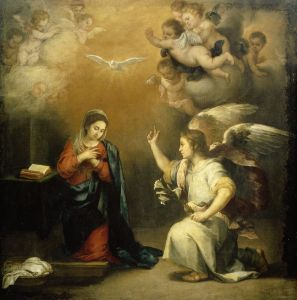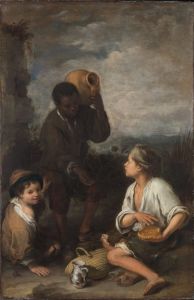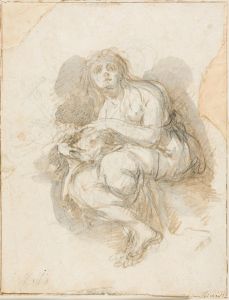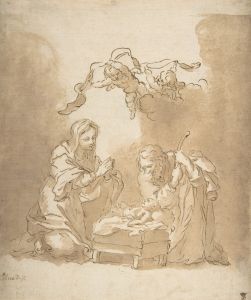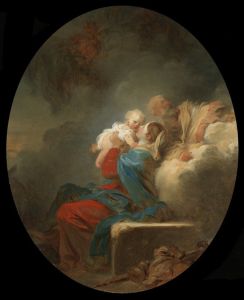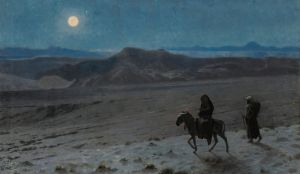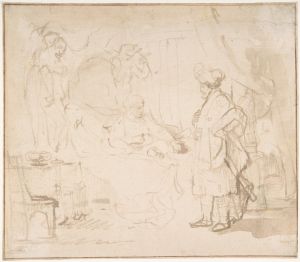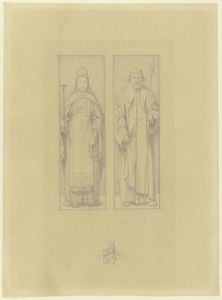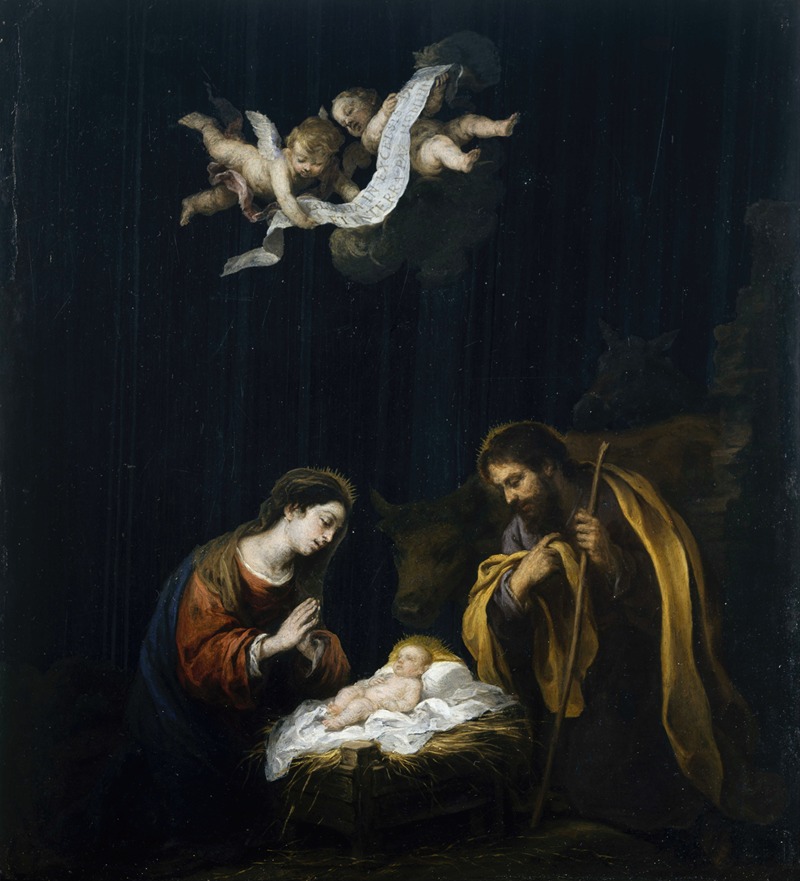
The Nativity
A hand-painted replica of Bartolomé Estebán Murillo’s masterpiece The Nativity, meticulously crafted by professional artists to capture the true essence of the original. Each piece is created with museum-quality canvas and rare mineral pigments, carefully painted by experienced artists with delicate brushstrokes and rich, layered colors to perfectly recreate the texture of the original artwork. Unlike machine-printed reproductions, this hand-painted version brings the painting to life, infused with the artist’s emotions and skill in every stroke. Whether for personal collection or home decoration, it instantly elevates the artistic atmosphere of any space.
Bartolomé Esteban Murillo, a prominent Spanish Baroque painter, is renowned for his religious works, among which "The Nativity" stands out as a significant piece. Created in the 17th century, this painting exemplifies Murillo's mastery in depicting biblical scenes with a blend of realism and idealism, a characteristic feature of his artistic style.
"The Nativity" by Murillo captures the birth of Jesus Christ, a central event in Christian theology. The painting portrays the Holy Family—Mary, Joseph, and the infant Jesus—surrounded by a serene and divine atmosphere. Murillo's use of light is particularly noteworthy; he employs a soft, glowing illumination that seems to emanate from the Christ child, symbolizing his divine nature. This technique not only highlights the central figures but also creates a sense of warmth and intimacy, drawing the viewer into the sacred moment.
Murillo's composition is carefully arranged to focus attention on the infant Jesus. Mary is depicted with a gentle and adoring expression, her hands clasped in prayer, while Joseph stands protectively nearby. The figures are rendered with a tender realism, showcasing Murillo's skill in capturing human emotion and spiritual depth. The artist's use of color further enhances the painting's impact; soft blues, warm earth tones, and delicate whites create a harmonious palette that underscores the scene's tranquility and holiness.
In addition to the Holy Family, Murillo often included other figures in his nativity scenes, such as angels or shepherds, to enrich the narrative and emphasize the universal significance of Christ's birth. However, specific details about additional figures in this particular version of "The Nativity" are not universally documented, as Murillo created several nativity scenes throughout his career, each with varying compositions and elements.
Murillo's work was highly influential during his lifetime and continues to be celebrated for its emotional resonance and technical proficiency. His ability to convey religious themes with humanity and grace made his paintings popular among both ecclesiastical patrons and the broader public. "The Nativity" reflects Murillo's deep religious conviction and his commitment to creating art that inspires devotion and contemplation.
The painting is part of Murillo's broader oeuvre, which includes numerous depictions of the Virgin Mary, saints, and other biblical subjects. His works are characterized by their gentle realism, luminous color palette, and the ability to convey profound spiritual themes in an accessible manner. Murillo's influence extended beyond Spain, impacting artists throughout Europe and contributing to the development of Baroque art.
Today, Murillo's "The Nativity" is appreciated not only for its artistic merit but also for its ability to convey the timeless message of hope and divine love associated with the birth of Christ. The painting remains a testament to Murillo's skill as an artist and his enduring legacy in the history of art.





